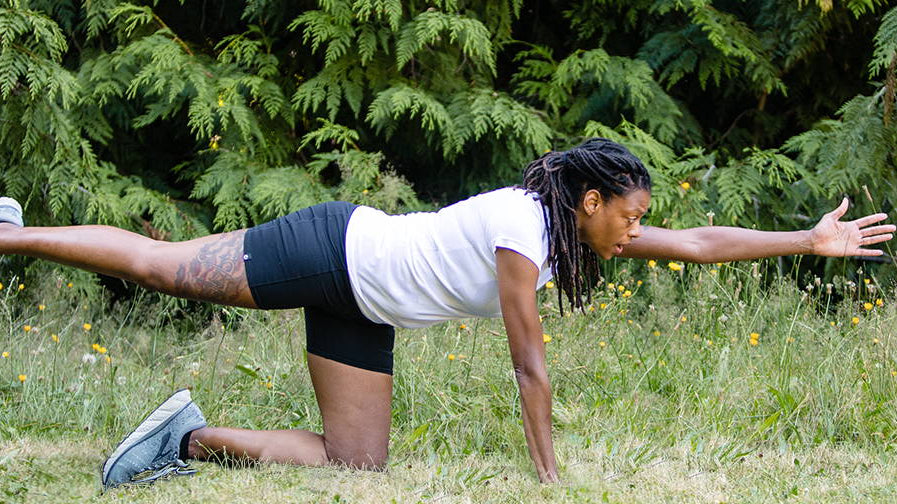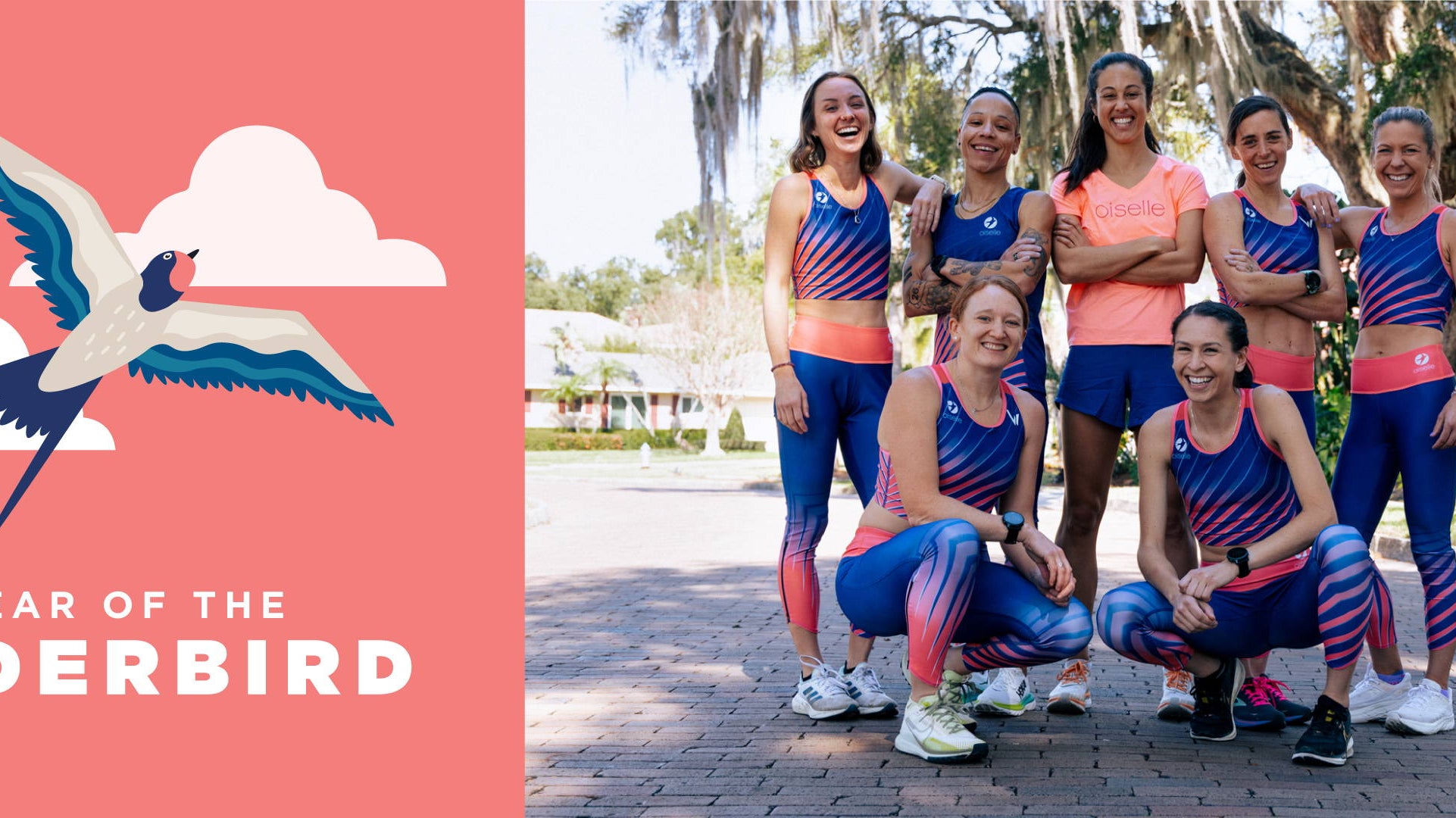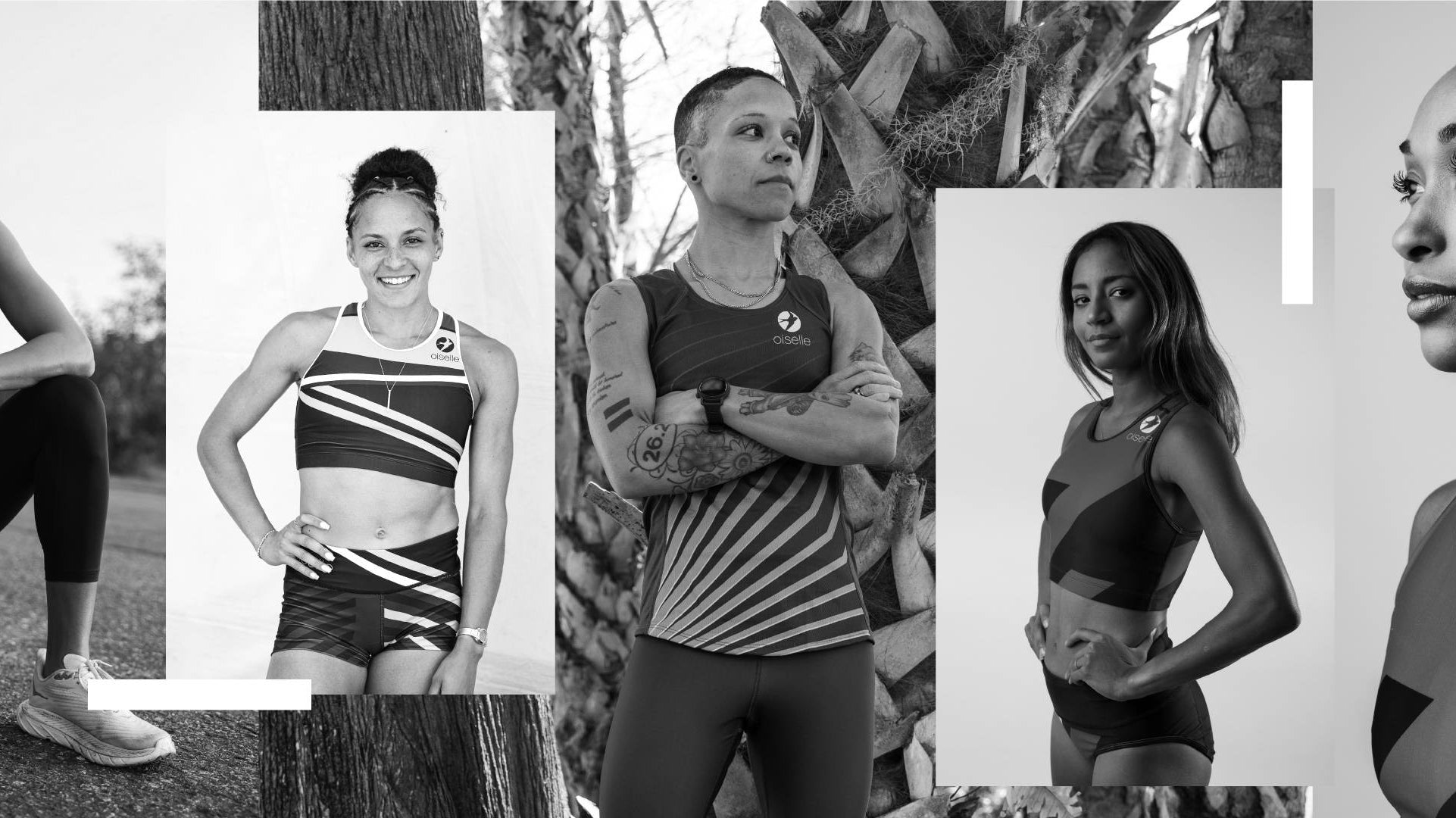I just finished running through 9 months of infertility treatment followed by 38 weeks of pregnancy. And let me tell you…it was a ride! It certainly wasn’t easy and tested my mental and physical strength in ways I could not have imagined but I do not regret a single step or mile. Running kept me sane, prepared my body for delivery, significantly aided my recovery, and set the stage for my return to fitness postpartum. I covered 725.6 miles while pregnant and learned quite a bit along the way.
Prior to this pregnancy I thought that only women who carried a certain way could exercise while pregnant. I had seen those elites on Instagram ripping off fast track workouts in the second and third trimester and looking as if they had placed a perfectly round basketball just underneath their singlet. As you will see…that was NOT ME! I’ve learned that how you carry and what you gain is largely genetic and I kept logging the miles despite carrying big, being the most short-waisted person alive, and gaining well above the recommended weight (thanks largely to unlucky genetics). This is a collection of tips, tricks, gear ideas, and lessons learned along the way.
Note: Every pregnancy fitness journey should begin with a conversation with your doctor. In both my IVF treatment and my pregnancy care I was careful to select a modern doctor who understood my health goals and was supportive.
First Trimester: (Weeks 0-13)
Mechanics and Challenges:
Every woman experiences different challenges in the first trimester. Mechanically, since your “pregnancy belly” is still mostly invisible, your form will remain largely unchanged for the first 10-13 weeks. However, you will likely experience a slight dip in pace due to the hormonal changes and associated symptoms. I found that the additional progesterone in my system made me REALLY fatigued. This is even more pronounced in a multiples pregnancy or if you are taking supplemental progesterone. For me the key to keep running through the fatigue was to pick a time of day where I felt the most energetic and time my run to coincide with it. And ultimately running improved my energy levels through the remainder of the day. I’ve always found that, counter-intuitively, running generally gave me more energy even when I felt too low-energy to run; I was happy that this trend continued during my pregnancy.
I am one of the lucky ones that does not have morning sickness. However, if you keep track of when you experience stomach upset throughout a couple of days then the same logic should apply as with fatigue: place your run during the time of day when you feel the best. Also, focus on a type of hydration that helps settle your stomach. If you are actually throwing up during those first weeks then additional nutrition as well as electrolyte replacement during a run may be necessary.
Placing a race on your calendar for the end of the first trimester can be a great motivator to keep investing time and energy into your running as miles become a bit harder to log.
Gear:
During the first trimester (“T1”), most of your gear will still fit. I preferred tanks or tops with some drape to them during the awkward early days. Gear I felt comfortable and confident in that flattered my changing shape was important for my mental state. As the end of the first trimester approached and the bump became more pronounced, I loved the flexibility of being able to wear Rogas pulled slightly lower in front with a flowy tank over top. In a colder season Flyte or Lux long sleeve tops have the best flexibility and stretch to accommodate the changes to the shape of your abdomen.
Tanks: Lite Lux Swing, Tee-Lux Swing Tanks, Fly out wool swing tanks
Shorts: Rogas
Long Sleeves: Flyte or Lux
What’s the Point?:
The benefits of running through the first trimester are numerous! Running can help ease both morning sickness and fatigue. It can help you keep your identity as an athlete even as your body begins to change and grow. It can be really hard to accept and not judge your body and I found running gave me a focus outside of extrinsic concerns which allowed me to accept the changes. But the most important reason to keep running through the beginning stages is that it lays the foundation for the trimesters to come. I thought of it like training for a marathon. In the first trimester you are base building. Laying down the fitness your body needs to continue onward.
Second Trimester: (Weeks 14-27)
Mechanics and Challenges:
During the second trimester (“2T”) you will likely feel your best. Morning sickness and fatigue abate, and your bump is still a manageable size. I found my pace slowed a bit further and I needed to switch shoes to something with more stability. Additionally, toward the end of 2T I started adding in walking intervals. I found that keeping my running pace a bit faster and adding walking instead of slowing my overall pace allowed me to maintain natural form. Also you will need to plan your runs around where restrooms are located like never before! I found that even a slight need to hit the restroom resulted in pronounced discomfort which I wanted to avoid.
Gear:
It might be time for new bras. During the first weeks of 2T, my bras started to get uncomfortable and I sized up. Luckily those bras will see you through the remainder of pregnancy and well into postpartum. A support band combined with a fitted tank started to be my staple base layer for every run around week 15. I opted for a ReCore FitSplint and wore it for every run and workout I did throughout the remainder of my pregnancy. It offered enough support to keep pressure off my pelvic floor and helped maintain proper posture. Wearing a band also allows for wearing your regular shorts and still having a smooth look and feel as the waist band rides lower. The band also holds up tights with a less structured waist band that would otherwise not be suitable for running. During 2T, my signature look was a fitted shirt because I found it more flattering and supportive. Whatever the weather, I layered a tank under everything in this trimester.
Bras: Size up in your favorite!
Shorts: Rogas
Tights: Bird Hug Roll with It or Lux Lounge (under the support band)
Tops: Flyte, Flyout and Lux
Additional: ReCore FitSplint support band
What’s the Point?:
2T is the time in pregnancy with the biggest physical changes. Running through 2T kept me physically healthy, including fending off unnecessary weight gain and keeping my blood pressure low and healthy. Running also helps keep the strength and mobility you will want as you look forward to the third trimester. The bigger benefits were mental for me. I found that staying connected to the running community and with my identity as an athlete helped keep my anxiety about all the little and big stresses of pregnancy at bay.
Third Trimester: (Weeks 28-40ish)
Mechanics and Challenges:
Third trimester (“3T”) is where things start to get particularly hard. Fatigue will set in (or return) and timing your runs and making accommodations will be key to keep moving. Increasing the duration or adding in walking intervals to my daily runs helped me keep my form and pace within a range that still felt natural. Embracing flexibility and going with how your body feels each day is crucial. Some days I would set out with the intention to do 3 miles with a 5-minute running interval and feel so good I stretched it to a 10-minute running interval. Other days that 5 minutes would be beyond my reach right away or after the second repetition, so I would increase the walking interval and decrease the running. Each run was different. Each mile was different. Embrace flexibility and listen to your body like never before. I also found that keeping my stride short and focusing on foot turnover and an upright posture helped me regulate my breath and allow for maximal comfort and lack of pelvic pressure. Plan your routes around restrooms for all the same reasons as in 2T. Paved and well-groomed routes are best as your stride becomes more of a shuffle and you can no longer see your feet!
Gear:
Over the belly and compressive was my preference for this final stage. I would start with a base of inexpensive, over the belly biker style shorts or Bird Hug Roll with It Tights. Then the belly support band. Then a fitted tank. Then whatever I needed over top as the weather demanded. Dressing in layers also helped with the variable pacing of my run/walks.
Shorts: Rogas or over the belly maternity biker shorts
Tights: Bird Hug Roll with It (under the support band)
Tops: Flyte, Flyout and Lux (tighter the better)
Additional: ReCore FitSplint support band
What is the point?
3T often feels like a slog in running and life. The benefit of continuing to run is that every mile serves two purposes. The first is to keep you mobile and nimble during the final phase of pregnancy. The second is for the eventual postpartum return to running. The additional weight on your body and draw on your cardiovascular system acts a bit like altitude training. Once you deliver and the extra weight of the baby and stress on your body is gone, those first tenuous postpartum runs will feel much easier the longer you are able to keep moving. And regardless of what kind of labor and delivery you end up with, stamina and strength will serve your body well.
Conclusion
My experience running through my pregnancy was overwhelmingly positive. I felt more vital, connected to my body, and able to prioritize my mental health because of my running. It certainly wasn’t easy and there were many times I almost packed it in, but every single step was worth it. If you find the right combination of gear, pacing accommodations, and form tweaks that work for your body, it is entirely possible for a regular everyday runner to make it to the end of those 40 weeks strong and still moving. Women’s bodies are powerful and incredibly elastic. Looking at the photos from this time brought back a flood of memories of all those miles and a deep and abiding respect and gratefulness for my body. That alone makes every step well worth the effort.










